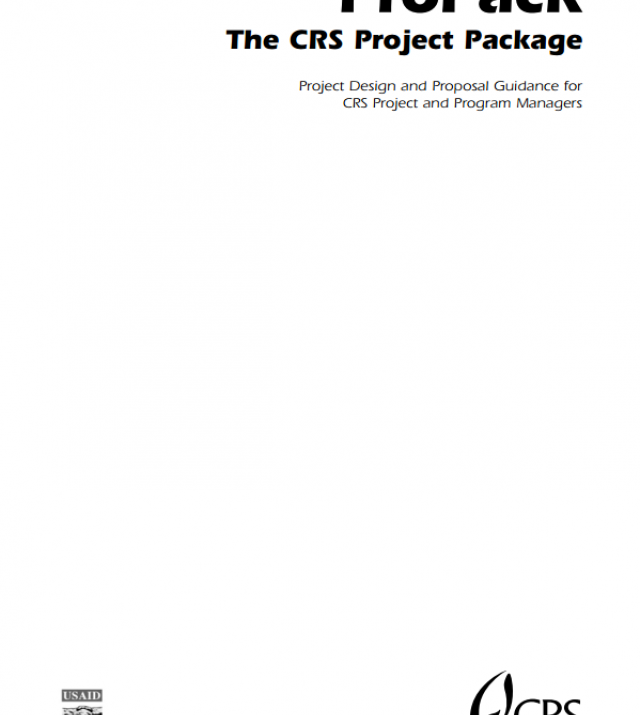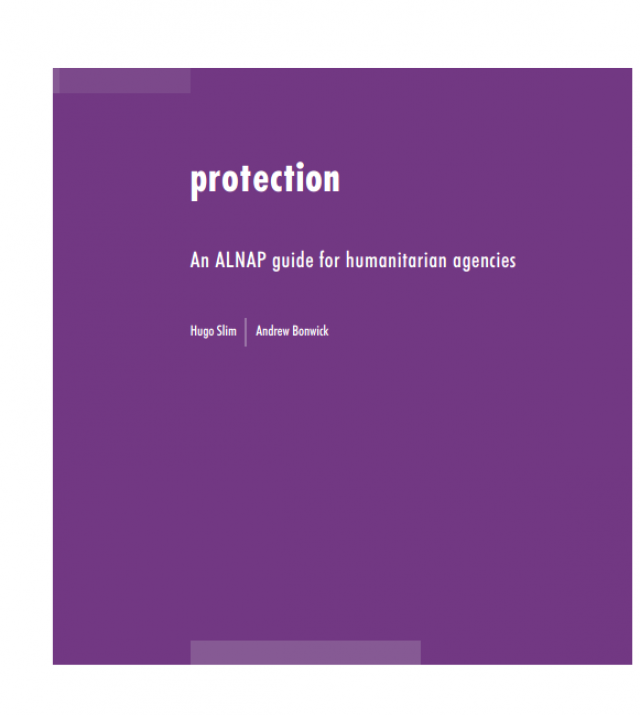
Livestock Emergency Guidelines and Standards

The Livestock Emergency Guidelines and Standards (LEGS) are a set of international guidelines and standards for the design, implementation and assessment of livestock interventions to assist people affected by humanitarian crises. They are based on livelihoods objectives that aim to provide rapid assistance to protect and rebuild the livestock assets of crisis-affected communities.
LEGS therefore aims to support both the saving of lives and the saving of livelihoods, through two key strategies: assisting in the identification of the most appropriate livestock interventions in emergencies, and providing standards, indicators and guidance notes for these interventions based on good practice.
LEGS is intended for all who are involved in livestock-based interventions in disasters. In particular, LEGS is aimed at NGOs, bi- and multi-lateral agencies and governments who are implementing emergency interventions in areas where livelihoods are derived in part or in full from livestock. LEGS is also relevant to policy and decision-makers within donor and government agencies whose funding and implementation decisions impact on disaster response. A third audience for LEGS includes educational institutions and community-based organizations.
LEGS focuses on the overlap between emergencies, livestock and livelihoods, and aims to bring a livelihoods perspective into livestock-based disaster relief. From a global perspective, one of the most pressing needs is to improve livestock relief programming with communities who rely heavily on livestock for their social and economic well-being. LEGS covers livestock interventions in these areas, but also addresses livestock support to settled farming communities and livestock kept by people in urban areas.
LEGS is primarily intended as a planning and decision-making tool to support the development of appropriate emergency responses. However, the guidelines and standards it contains may also be useful as benchmarks for reviewing and evaluating emergency responses, either in real-time or post-operation.

